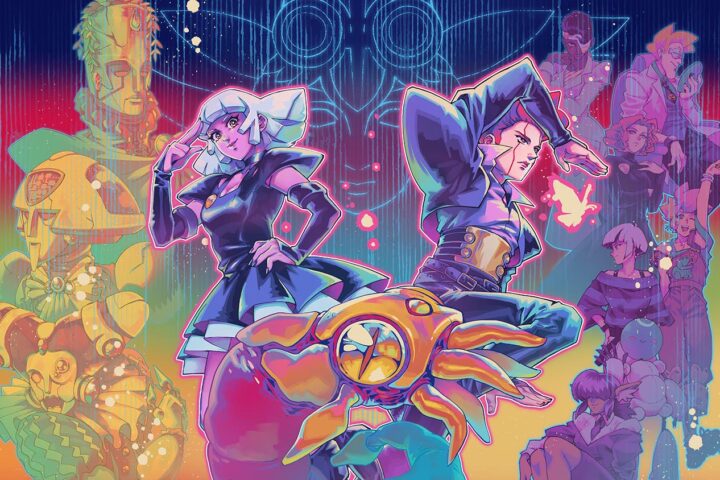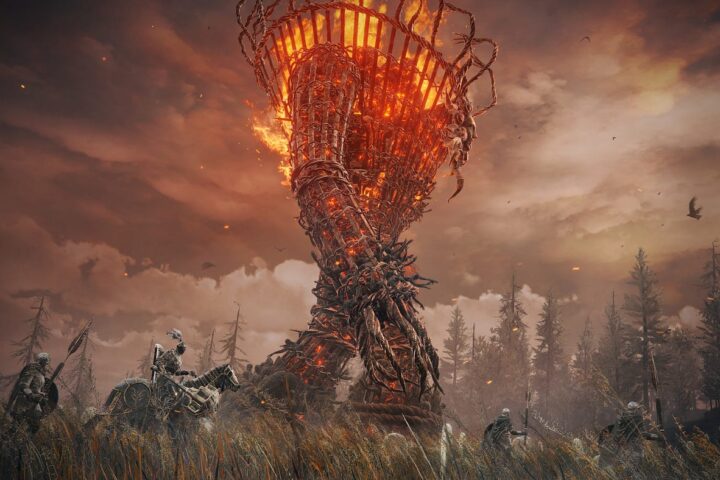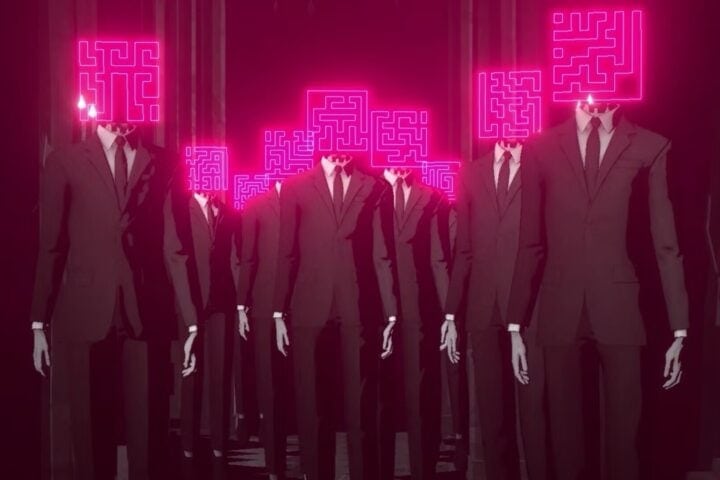The instantly likable visual novel Until Then, from Philippines-based Polychroma Games, begins with you, playing as a checked-out high schooler named Mark, having the realization that you have a group presentation to give in a few minutes. In order to escape the wrath of your teacher and groupmates, you’ll need to use what a friend refers to as your special skill—the ability to quickly bullshit your way through a report. It’s a bit stressful, a bit funny, and, most importantly, it introduces you to a main character who you don’t grow tired of because, despite his clear personal failings, he manages not to come off like a jerk.
It helps that the game looks better than average for a visual novel, with richly detailed pixel art and particularly expressive animations. Its spaces are even nominally three-dimensional. And this literal depth (as well as some tastefully employed lighting effects) goes a long way to making Until Then’s world feel a bit more real. Not real in the sense that you interact with it in believable ways, considering the fact you can still only ever move from side to side, but in the sense that your surroundings are able to more effectively set a mood.
It’s clear from the start, though, that this game can be a bit rough around the edges. There are confusing bits of dialogue that seem like they’ve been muddled in translation, with some phrases coming off too literal (as in characters unironically referring to someone as a “love interest”) and a few turns of phrase that seem like idioms but are difficult to parse with any confidence.
Issues also pop up early with pacing. On a basic level, many scenes carry on too long, leaving too much space between the story’s more interesting and impactful moments. Sometimes this problem seems simple enough—sure, texting your friends in a realistic phone UI is immersive, but watching a “character is typing” message flash at the bottom of your screen for a couple of seconds each time they respond gets old pretty fast. Usually, though, it just feels like many of these scenes needed an editor to trim out some of the over-explaining and inconsequential lines.
There are a couple of story threads that are teased at very obliquely and for a very long time before they ever pick up any momentum at all. These are the more mysterious, possibly supernatural, elements of the game, which in hindsight may have been marketed as slightly too much of what Until Then is really about. Yes, there’s a strange and mysterious layer to Until Then, but at its heart this is a coming-of-age story that’s mostly about the day-to-day life of high-schoolers, and the anxiety and uncertainty that so often trouble kids of that age.
A main component of this story is a focus on young love that’s uncommonly believable and touching for a video game. Romantic relationships here come with the types of complexities that you’d expect—jealous friends, misunderstandings, and stupid decisions—such that the sincere moments that come afterward feel earned. It’s also refreshing that, though Until Then sometimes leans on clichés here, it never feels immature, leering, or misogynistic.
While the game’s themes tend toward the heavy, the overall mood is given a significant lift by a touch of humor. There are plenty of one-off, referential gags, such as a box of pirated movies with titles like Micromind and Bratatat (featuring a dumb supervillain and a rat chef turned gangster, respectively). Often, though, the game just has a great sense of timing with regard to breaking the tension of its more serious or saccharine moments.
The visuals are a standout in this regard too. For one, the graphic a friend makes in honor of a “date” you went on with a new classmate is so overblown (complete with doves) that it would look right at home memorializing someone’s tragically premature death. These jokes are funny, but they’re also emblematic of the way in which these kids—all of whom have their own deeply felt emotional baggage—ultimately lift each other up. It reflects a genuine and kind-hearted rejection of the kind of cynicism that’s far too often romanticized in other teen dramas.
This game was reviewed with code provided by Tinsley PR.
Since 2001, we've brought you uncompromising, candid takes on the world of film, music, television, video games, theater, and more. Independently owned and operated publications like Slant have been hit hard in recent years, but we’re committed to keeping our content free and accessible—meaning no paywalls or fees.
If you like what we do, please consider subscribing to our Patreon or making a donation.




